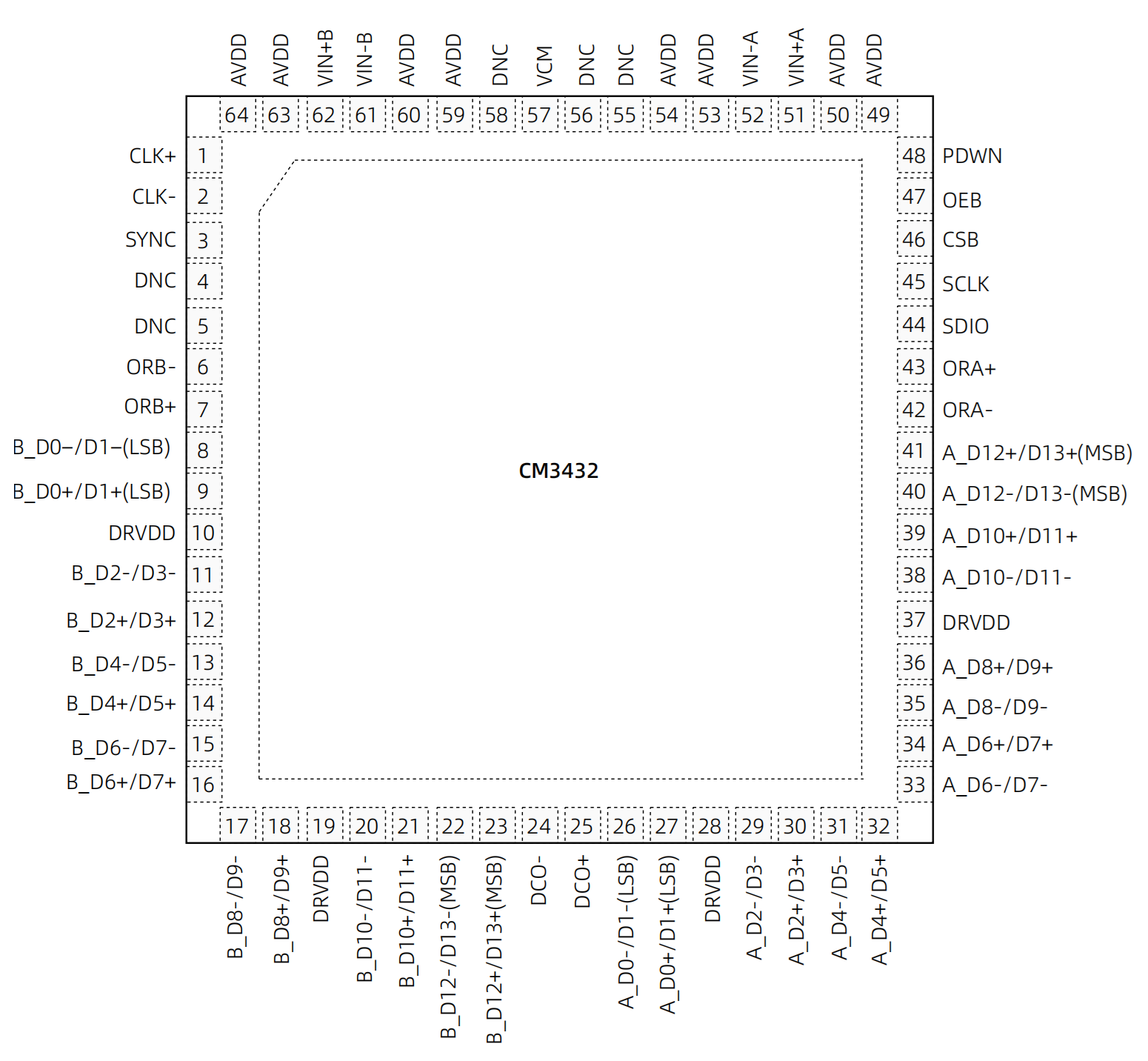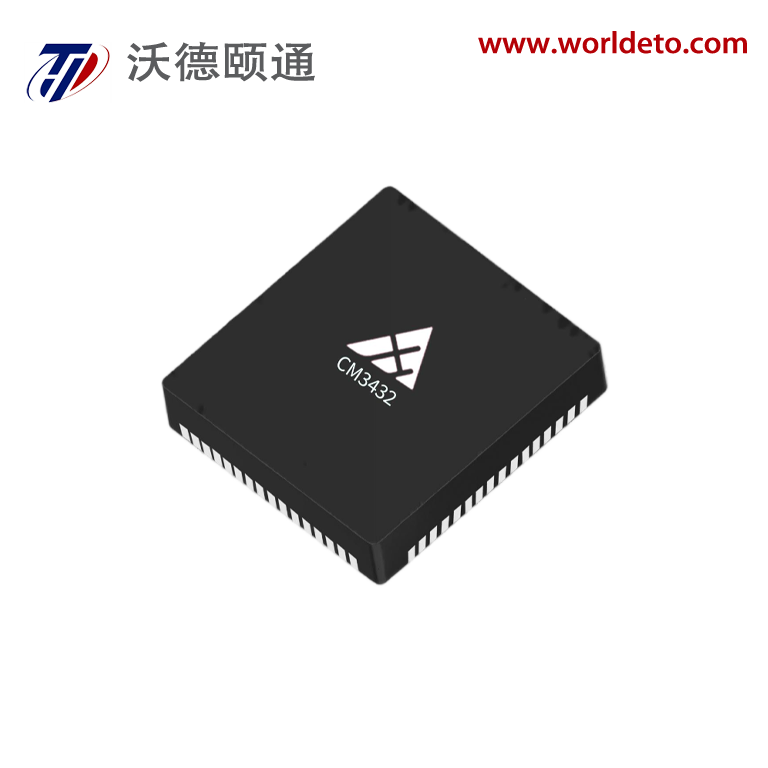Revolutionizing Data Conversion Technology with Advanced ADC Solutions
The landscape of data acquisition has undergone a dramatic transformation with the emergence of high-speed ADCs (Analog-to-Digital Converters). These cutting-edge devices are setting new standards in power efficiency while delivering unprecedented sampling rates and resolution. As industries increasingly demand faster, more accurate data conversion solutions, manufacturers have stepped up to meet these challenges with innovative architectures and advanced process technologies.
The latest generation of high-speed ADCs represents a significant leap forward in addressing the complex demands of modern applications, from wireless communications to industrial automation. By combining superior performance with remarkably low power consumption, these devices are reshaping how engineers approach system design and opening new possibilities across multiple sectors.
Advanced Architecture and Design Innovations
Pipeline Architecture Optimization
Modern high-speed ADCs utilize sophisticated pipeline architectures that maximize throughput while maintaining signal integrity. Recent developments in pipeline ADC design have introduced advanced power-gating techniques and adaptive biasing schemes. These innovations automatically adjust the power consumption based on the input signal characteristics, resulting in significant energy savings during periods of reduced activity without compromising performance when full speed is required.
Digital Calibration and Error Correction
State-of-the-art high-speed ADCs incorporate sophisticated digital calibration algorithms that continuously monitor and adjust various parameters to maintain optimal performance. Background calibration techniques compensate for temperature variations and aging effects, ensuring consistent accuracy throughout the device's lifetime.
The implementation of machine learning-based calibration algorithms represents another significant advancement. These intelligent systems can predict and compensate for various non-linear behaviors, resulting in improved SFDR (Spurious-Free Dynamic Range) and ENOB (Effective Number of Bits) performance.
Power Efficiency Breakthroughs
Advanced Process Technology Integration
The latest high-speed ADCs leverage cutting-edge semiconductor processes, typically in the 7nm to 5nm range. The implementation of FinFET technology and advanced metal stacks has resulted in devices that consume up to 40% less power compared to previous generations.
Material innovations and specialized process optimizations have also contributed to enhanced thermal management capabilities.
Dynamic Power Management
Sophisticated power management schemes have been integrated into modern high-speed ADCs, allowing for unprecedented control over power consumption. These systems include multiple power modes that can be dynamically selected based on application requirements. The ability to rapidly transition between operating modes ensures optimal power efficiency without compromising system responsiveness.
Advanced clock distribution networks incorporate intelligent gating mechanisms that minimize power consumption in inactive circuit blocks. This granular approach to power management has resulted in significant improvements in overall system efficiency.

Application Impact and Market Adoption
Communications Infrastructure
The deployment of high-speed ADCs in 5G and upcoming 6G communications infrastructure has demonstrated their crucial role in enabling higher data rates and improved spectral efficiency. These devices provide the necessary bandwidth and dynamic range for modern wireless systems while maintaining strict power budgets in dense antenna arrays and massive MIMO configurations.
The integration of high-speed ADCs in software-defined radio platforms has enabled more flexible and efficient communication systems.
Industrial and Scientific Applications
In industrial automation and scientific instrumentation, high-speed ADCs have enabled new capabilities in real-time monitoring and control systems. Their combination of high sampling rates and low power consumption allows for more distributed sensing nodes and extended battery life in portable instruments.
The medical imaging sector has particularly benefited from these advances, with new systems achieving higher resolution and faster scan rates while reducing patient exposure to radiation.
Future Outlook and Development Roadmap
Technology Scaling and Integration
The roadmap for high-speed ADCs shows continued advancement in integration capabilities, with future generations expected to incorporate more digital processing functions on-chip. This trend toward increased integration will further reduce system power consumption and improve overall performance through tighter coupling between analog and digital domains.
Research into novel architectures and materials suggests that the next generation of high-speed ADCs will achieve even higher sampling rates while maintaining or improving power efficiency. The development of advanced packaging technologies will enable better signal integrity and thermal performance.
Emerging Applications and Requirements
As new applications in quantum computing, artificial intelligence, and autonomous systems emerge, high-speed ADCs will need to evolve to meet these challenges. The focus on power efficiency will become even more critical as these systems scale to handle increasingly complex tasks and larger data volumes.
The trend toward edge computing and IoT applications is driving demand for ADCs that can provide high-performance data conversion while operating within strict power constraints.
Frequently Asked Questions
What makes modern high-speed ADCs more power-efficient than previous generations?
Modern high-speed ADCs achieve superior power efficiency through a combination of advanced process technology, optimized architecture design, and sophisticated power management techniques. The integration of intelligent power-gating and dynamic bias adjustment allows these devices to maintain high performance while significantly reducing power consumption.
How do high-speed ADCs maintain accuracy over temperature and time?
These ADCs incorporate advanced digital calibration algorithms and background correction mechanisms that continuously monitor and adjust various parameters. Machine learning-based calibration systems help predict and compensate for environmental variations and aging effects, ensuring consistent performance throughout the device's lifetime.
What are the key applications driving high-speed ADC development?
The primary applications driving high-speed ADC development include 5G/6G communications infrastructure, industrial automation, medical imaging, and test and measurement equipment. The growing demands of edge computing and IoT applications are also influencing the evolution of these devices, particularly in terms of power efficiency requirements.

